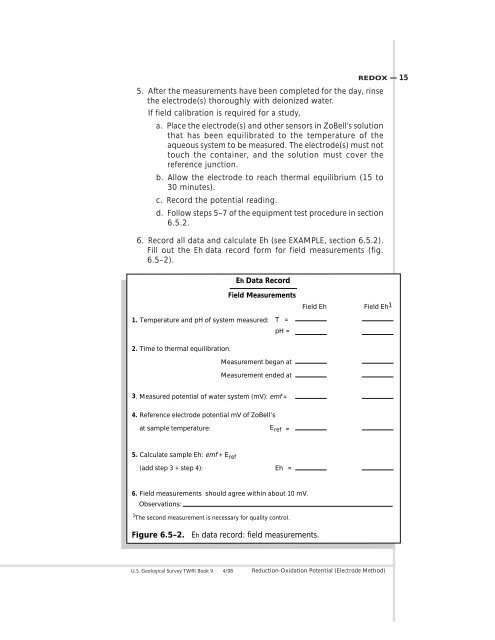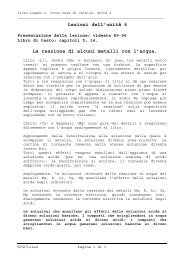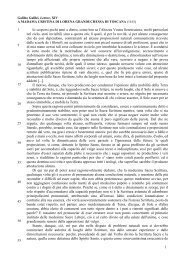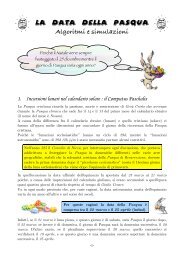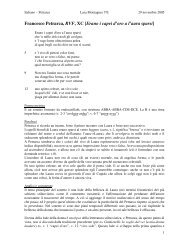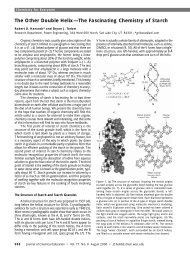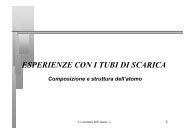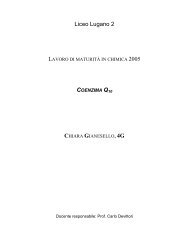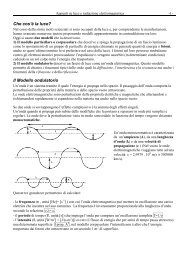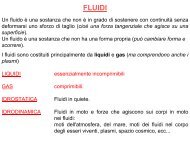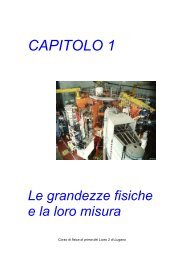6.5 REDUCTION- OXIDATION POTENTIAL (ELECTRODE METHOD)
6.5 REDUCTION- OXIDATION POTENTIAL (ELECTRODE METHOD)
6.5 REDUCTION- OXIDATION POTENTIAL (ELECTRODE METHOD)
You also want an ePaper? Increase the reach of your titles
YUMPU automatically turns print PDFs into web optimized ePapers that Google loves.
Eh Data RecordREDOX —155. After the measurements have been completed for the day, rinsethe electrode(s) thoroughly with deionized water.If field calibration is required for a study,a. Place the electrode(s) and other sensors in ZoBell’s solutionthat has been equilibrated to the temperature of theaqueous system to be measured. The electrode(s) must nottouch the container, and the solution must cover thereference junction.b. Allow the electrode to reach thermal equilibrium (15 to30 minutes).c. Record the potential reading.d. Follow steps 5–7 of the equipment test procedure in section<strong>6.5</strong>.2.6. Record all data and calculate Eh (see EXAMPLE, section <strong>6.5</strong>.2).Fill out the Eh data record form for field measurements (fig.<strong>6.5</strong>–2).Field Measurements1. Temperature and pH of system measured: T =pH =Field EhField Eh12. Time to thermal equilibration:Measurement began atMeasurement ended at3. Measured potential of water system (mV): emf =4. Reference electrode potential mV of ZoBell’sat sample temperature: E ref =5. Calculate sample Eh: emf + E ref(add step 3 + step 4): Eh =6. Field measurements should agree within about 10 mV.Observations:1 The second measurement is necessary for quality control.Figure <strong>6.5</strong>–2. Eh data record: field measurements.U.S. Geological Survey TWRI Book 9 4/98Reduction-Oxidation Potential (Electrode Method)


